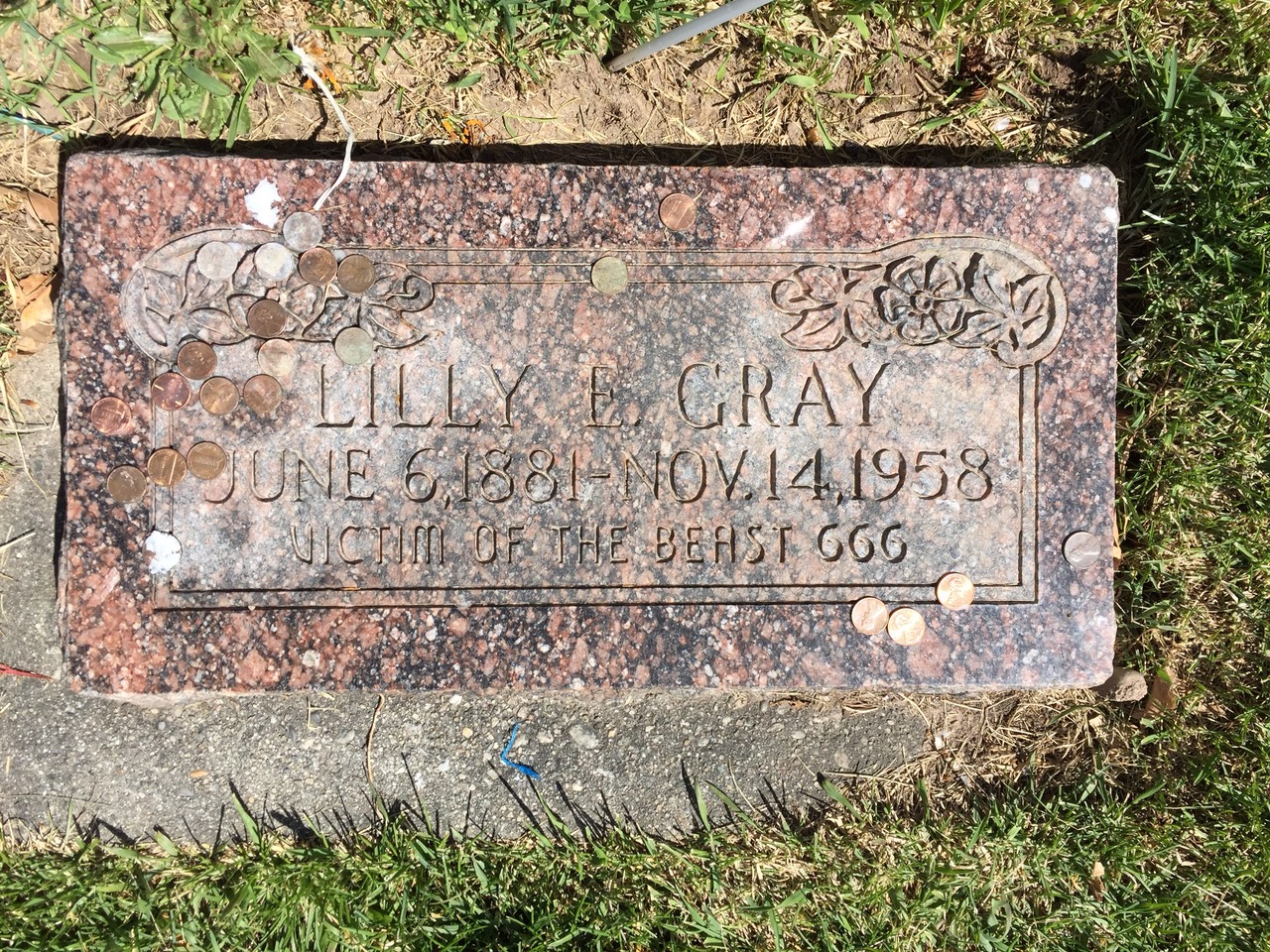As a weird kid growing up in the ’80s, Unsolved Mysteries gave me completely unrealistic expectations about the frequency of amnesia and spontaneous human combustion. Every book on strange and unusual deaths featured the same haunting images. Burned bodies with only a single leg remaining. Two names appeared the most: Dr. John Irving Bentley and Helen Conway. Before their deaths, a woman named Mary Hardy Reeser met a similar fate. She died in July 1951, leaving behind a mystery that captured national attention. Unlike Bentley and Conway, newspapers covered her case in remarkable detail.

Who Was Mary Reeser?
Mary Hardy Reeser was a 67-year-old widow who moved to St. Petersburg, Florida, from Columbia, Pennsylvania, after her husband’s death. Her son, Dr. Richard Reeser, was a prominent physician in the area. She rented a modern apartment at 1200 Cherry Street NE, in the exclusive Northeast section of St. Petersburg. The Allamanda Apartment building had five apartments and one hotel room, but only two people lived there. Mary and her landlord, Pansy M. Carpenter.

Her apartment, number one, sat in the front left corner of the building. The one-bedroom unit had a living room, an electric kitchen, a tiled bath, and a garage. It was thoroughly modern.
A Thud in the Night
Around 5 a.m. on July 2, Pansy woke up to a dull thud. She thought it sounded like a door closing. Stepping outside, she saw nothing unusual. A faint smell of smoke lingered, but she assumed it came from an issue with her garage’s electric pump.
At 6 a.m., she picked up the newspaper and noticed something odd. Mary wasn’t up. Her radio, always playing by that hour, remained silent. She didn’t think much of it. At 8 a.m., a Western Union boy arrived with a telegram for Mary. When he asked which apartment she lived in, Pansy offered to deliver it.
Walking to Mary’s door, she reached for the handle and jerked her hand back. The screen was hot. She called to the boy, but he didn’t answer. She yelled to painters across the street, telling them something was wrong. Two men ran over as she rushed to call the fire department and Mary’s son.
One of the men peered inside. The bed looked slept in, but the apartment seemed empty. The second man stepped through the doorway, searching the rooms. Smoke hung in the air, but the fire seemed small. Then, on his way out, he saw what was left of Mary.
Her lower leg and black slipper remained. The rest of her body had burned away.
The Investigation Begins
Firefighters arrived to find thick smoke but little fire. Assistant Fire Chief James G. Hunter stepped inside and opened the windows to clear the air. A smoldering mass on the floor sent up a final wisp of smoke before being doused with a hand pump. He didn’t notice the remains at first. Only on his way out did he realize what he had seen.

The fire had destroyed Mary’s body, yet most of the apartment remained untouched. The heat had melted a light switch near her chair, but outlets a few feet lower still worked. Candles by the window had liquefied, yet their wicks stood upright. Newspapers on the water heater, inches from the burned area, showed no signs of damage.
Theories spread fast. Some believed Mary had been struck by lightning. Police received an unsigned letter claiming, “A ball of fire came through the open window and hit her. I seen it happen.” Others suggested her body had been soaked in ether or alcohol.
Investigators checked every possibility. They contacted the chair’s manufacturer, who confirmed it had been stuffed with sterilized cotton batting. Reporters searched Mary’s medicine cabinet but found only standard digestive aids. Fire and police officials remained baffled.
Mary’s Last Night
Investigators pieced together Mary’s final hours. She had spent the afternoon upset over a family matter. Around 8 p.m., her son visited briefly. Pansy spoke to her sometime that evening. Mary wore a rayon nightgown and black satin slippers. She told Pansy she had taken two Seconal tablets and planned to take two more.
Sometime after that, she settled into her chair.

The telegram that arrived the next morning was from a friend in Pennsylvania, confirming her travel plans. She never got the chance to read it.
The FBI Steps In
On July 7, 1951, police sent evidence to the FBI lab. Among the items were glass fragments, six small objects believed to be teeth, metal from near the body, fibers from Mary’s nightgown, bone fragments, chair stuffing, charred wood, a piece of the rug, ashes, a shoe, and chair springs. The rug had one section heavily soaked with a greasy substance.
J. Edgar Hoover took a personal interest in the case. The police chief asked the FBI to explain how a human body could burn so completely while leaving the apartment intact.
The final report arrived on July 31. The FBI found no signs of accelerants. The greasy residue was body fat. They believed Mary had fallen asleep while smoking. Her body smoldered, creating intense heat in one area while leaving much of the room untouched. The fire burned slow and low, never spreading beyond the immediate space.
Mary’s death certificate was signed soon after. The cause of death: accidental.
The Wick Effect
The wick effect remains the leading explanation for cases like Mary’s. Once a body ignites, fat acts as fuel. Clothing serves as a wick, turning the person into a slow-burning candle. The fire consumes the body while leaving the surroundings mostly intact.
Mary’s electric clock had stopped at 4:20 a.m., but when plugged into Pansy’s apartment, it worked fine. The bed sheets remained untouched, and the apartment’s wall-mounted gas heater was off. The only damage came from the heat in the immediate area.
I believe the FBI got it right. A combination of sedatives and a lit cigarette likely caused Mary’s death. But I can’t shake the questions. Could she have been so heavily sedated that she never woke up? If she did wake up, why didn’t Pansy hear her scream? If the thud at 5 a.m. was her body hitting the floor, could she have burned so completely in just a few hours?
Whatever the truth, Mary Reeser’s death remains one of the strangest on record.





